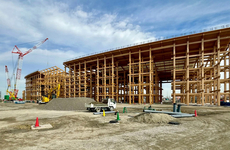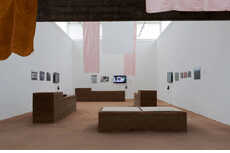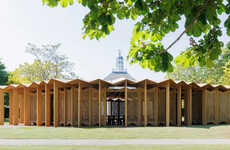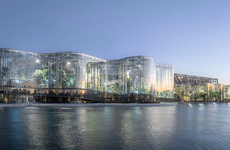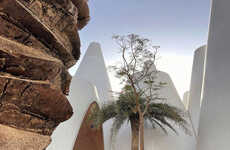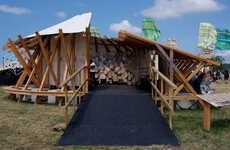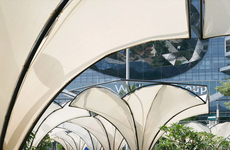
The Slow Food Pavilion at Milan Expo 2015 is a Stunning Timber Structure
Rebecca Byers — June 12, 2015 — Eco
References: dezeen & retaildesignblog.net
Designed by Herzog and de Meuron, the Slow Food Pavilion at the Milan Expo 2015 is a stunning, simple series of structures that is both cost-efficient and easy to assemble. Showcasing the lifestyle and culture associated with the sustainable practices of the slow food movement, the pavilion promotes supporting regional gastronomy and the slow pace of life it fosters.
The slow food movement is an important part of the growing consumer desire for
Additionally, the cultivation of slow food is likely to inspire a greater understanding of the intricate, overlapping nature of humans and the environment. the environmental impact of the individual, as people are likely to treat their surroundings better when they realize it is also tasked with bearing their means of sustenance.
The slow food movement is an important part of the growing consumer desire for
Additionally, the cultivation of slow food is likely to inspire a greater understanding of the intricate, overlapping nature of humans and the environment. the environmental impact of the individual, as people are likely to treat their surroundings better when they realize it is also tasked with bearing their means of sustenance.
Trend Themes
1. Sustainable Practices - The Slow Food Pavilion highlights the increasing consumer desire for sustainable practices and promotes supporting regional gastronomy.
2. Slow Food Movement - The cultivation of slow food inspires a greater understanding of the environment and encourages a slower pace of life.
3. Cost-efficient Structures - The stunning and easily assembled timber structures of the Slow Food Pavilion offer disruptive innovation opportunities in the construction industry.
Industry Implications
1. Food and Beverage - The slow food movement and the promotion of regional gastronomy create opportunities for businesses in the food and beverage industry.
2. Environmental Conservation - The slow food movement's focus on sustainable practices and environmental impact cultivates disruptive innovation opportunities in the field of environmental conservation.
3. Construction and Architecture - The cost-efficient and easy-to-assemble timber structures of the Slow Food Pavilion present disruptive innovation opportunities in the construction and architecture industries.
4.5
Score
Popularity
Activity
Freshness

